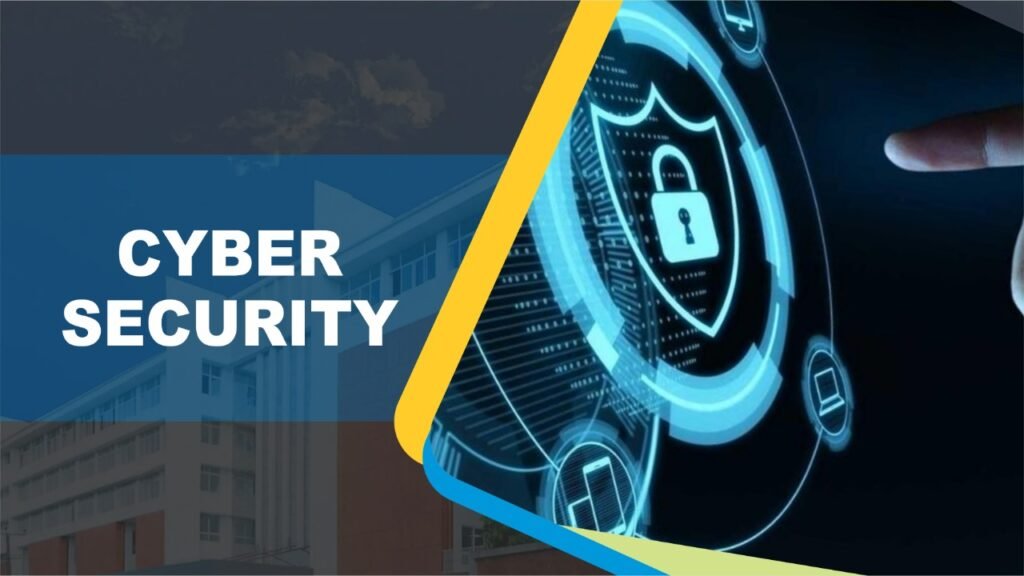





Here are some commonly asked questions about Cyber Security to help you get started
Cybersecurity is a broader term that encompasses the protection of digital assets and information from unauthorized access, use, disclosure, disruption, or destruction.
Histograms, scatter plots, bar charts, and box plots are commonly used to Common cyber threats include malware, ransomware, phishing, denial-of-service attacks, and social engineering attacks.visualize data distributions, relationships, and identify patterns in EDA.
Cybersecurity frameworks and standards provide a structured approach to managing cybersecurity risks. They help organizations identify and assess risks, develop and implement security controls, and monitor and evaluate their effectiveness.
Basic cyber hygiene practices include using strong passwords, keeping software up-to-date, backing up data, being cautious of suspicious emails and links, and using antivirus and anti-malware software.
To assess and manage cybersecurity risks, organizations can use risk assessment frameworks, such as ISO 27005, and risk management processes. This involves identifying and analyzing risks, evaluating the likelihood and impact of risks, and implementing appropriate controls to mitigate risks.
Yes, upon successfully completing the module, you will receive a certificate of completion, which can enhance your resume and LinkedIn profile.
Want to receive push notifications for all major on-site activities?